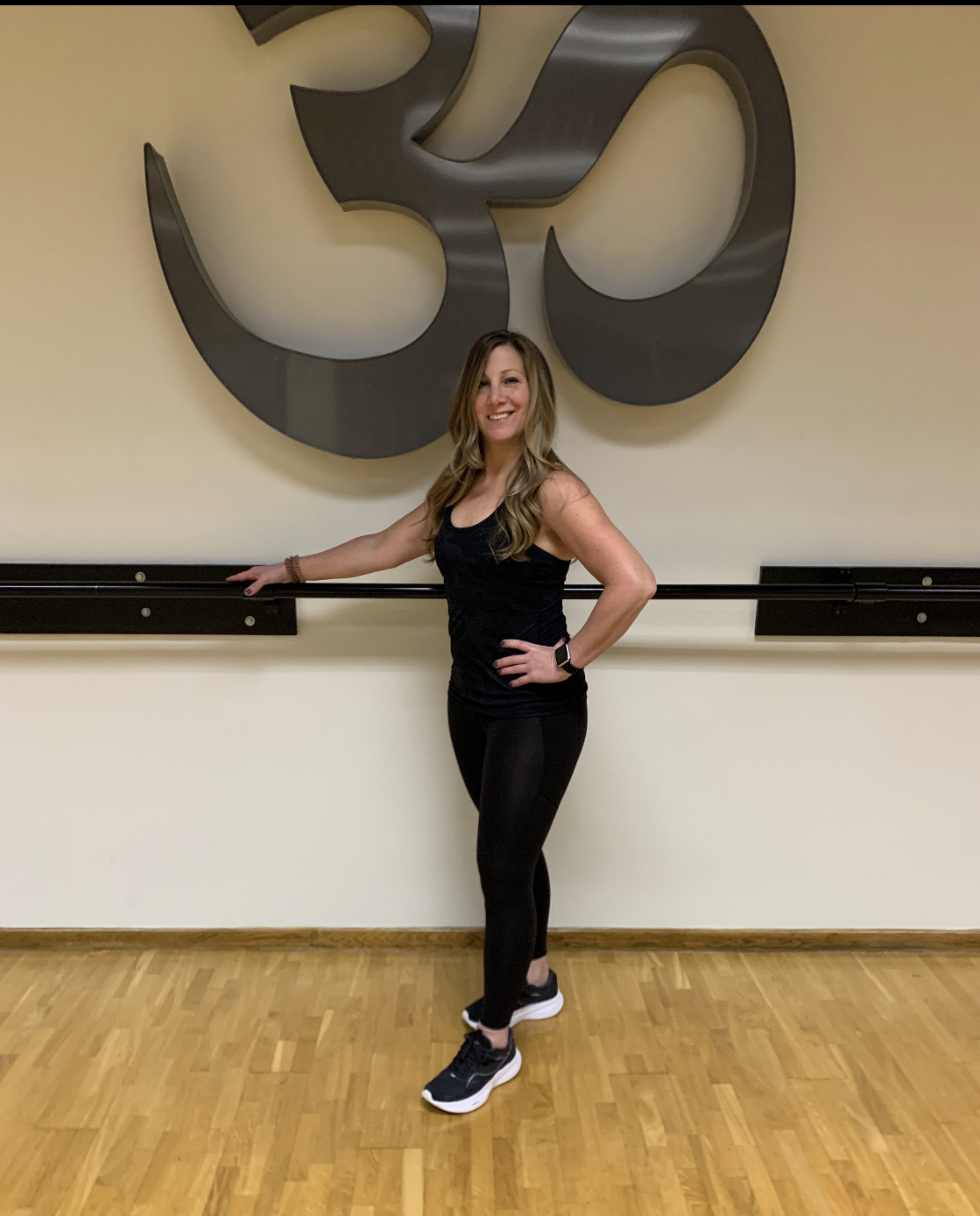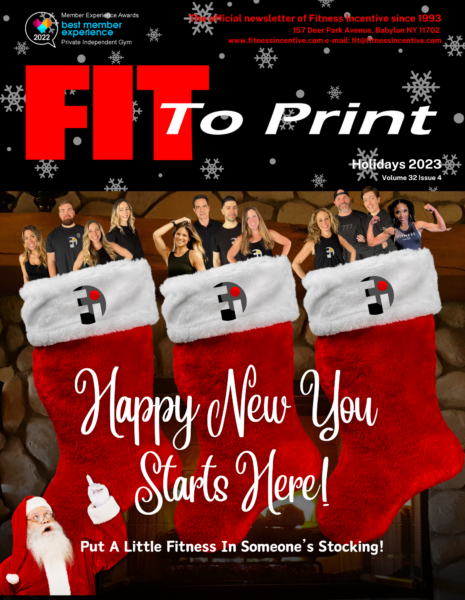
“…as we age, our muscles become shorter and tighter. This can lead to a decrease in our range of motion and flexibility, which, in turn, can increase our risk for injury. Everyday activities such as sitting at a desk, driving, or looking at our phone screens can potentially lead to muscle tightness. “
– Jill Ammirata

The Simple Act of Stretching
Many assume that stretching is only necessary for athletes or after an injury. In actuality, stretching is essential for everyone – all ages, no exceptions! But especially as we age, our muscles become shorter and tighter. This can lead to a decrease in our range of motion and flexibility, which, in turn, can increase our risk for injury. Everyday activities such as sitting at a desk, driving, or looking at our phone screens can potentially lead to muscle tightness.
The simple act of stretching involves deliberately extending or lengthening your muscles to increase flexibility, enhance muscle coordination, and improve the range of motion in your joints. It’s a basic yet highly effective way to keep your body flexible and prepare it for daily chores and physical activity.
Stretching specifically for flexibility refers to the ability of a joint or a group of joints to move through a full, pain-free range of motion. This is an essential component of overall fitness and plays a crucial role in various aspects of physical health and performance. Here are some key points about flexibility:
Importance of Flexibility:
- Injury Prevention:
- Maintaining good flexibility can help prevent injuries, as muscles and joints are more resilient and less prone to strains and sprains.
- Improved Posture:
- Adequate flexibility contributes to better posture by allowing the body to maintain proper alignment, reducing the risk of musculoskeletal issues.
- Enhanced Range of Motion:
- Increased flexibility leads to an expanded range of motion, enabling smoother and more efficient movements in daily activities and sports.
- Joint Health:
- Flexible joints are often healthier joints. Regular stretching can contribute to joint lubrication and reduce the risk of stiffness and degenerative conditions.
- Reduced Muscle Tension:
- Stretching helps alleviate muscle tension and can promote relaxation, especially in areas prone to tightness, such as the neck, shoulders, and lower back.
- Improved Circulation:
- Stretching increases blood flow to muscles, improving circulation. This enhanced blood flow supports overall muscle health and recovery.
Tips for Improving Flexibility:
- Consistent Stretching:
- Regular and consistent stretching is key to improving flexibility. Aim for at least 2-3 days per week of dedicated stretching exercises.
- Dynamic and Static Stretching:
- Incorporate a combination of dynamic stretches (movement-based) and static stretches (held positions) into your routine.
- Warm-Up:
- Always warm up your body before stretching. Engage in light aerobic activity to increase blood flow and make your muscles more pliable.
- Focus on Major Muscle Groups:
- Pay attention to all major muscle groups, including neck, shoulders, chest, back, hips, thighs, and calves.
- Gradual Progression:
- Progress gradually in your stretching routine. Start with easier stretches and gradually move on to more challenging ones as your flexibility improves.
- Mindful Breathing:
- Practice deep, mindful breathing during stretches. It helps relax your body and can enhance the effectiveness of the stretch.
- Stay Hydrated:
- Proper hydration is essential for muscle and joint health, including flexibility.
- Consider Yoga or Pilates:
- These activities often combine strength, flexibility, and balance exercises, providing a holistic approach to improving overall flexibility.
Watch For My New Stretch Class!
If you are interested in stretching with me, keep an eye on the calendar for an hour-long warm stretch class that will be starting soon! Hope to see you there!
Sponsored Links
About the Author

Jill Ammirata
Jill Ammirata, CPT received a Physical Education degree from Cortland State University and a Masters degree in Health Education from Adelphi University and her Personal Training Certification through NASM. She is a Personal Trainer at Fitness Incentive.










